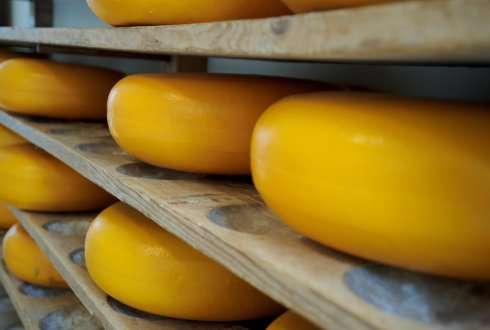Approach to food fraud calls for knowledge of vulnerability in the chain and detective work

Food fraud has always taken place and there are incidents on a regular basis. To combat food fraud more effectively, information is required on which factors play a role in the vulnerability of organisations and the food chain for food fraud. In addition, new unconventional fraud and special products with labels such as 'sustainable', 'biological' or 'animal-friendly' call for new advanced analytical methods says Saskia van Ruth in her inaugural address as Professor (by special appointment) of Food Authenticity and Integrity at Wageningen University.
"No-one likes to be deceived and certainly not when it comes to food" says Professor Saskia van Ruth in her inaugural address Voedsel met integriteit – Tussen echtheid en eigenheid ('Food with integrity – Between authenticity and typicality'). In the past unprocessed products were purchased on the market, However, even in that time water was added to wine and harmful colorants to spices. Food fraud is going on today too, according to Professor Van Ruth: "Products are sourced from all over of the world and the food chain has become a fragile, extensive widely-branched network, vulnerable to fraud".
In recent years there have been a number of incidents involving horse meat, melamine, fish or organic products. However, little is known about how often food fraud really occurs, how widespread it is and where it occurs. For a systematic approach to food fraud knowledge is required on the vulnerability of products, and the organisations and chains for food fraud. This is one of the lines of research by Professor Van Ruth, in which she is collaborating with criminologists of the VU University in Amsterdam.
Analytical detective work
Specific naturally occurring physical or chemical characteristics define the identity of a product. These can be used to underpin the quality of the product, but also to determine its authenticity. Fraud may concern product composition, but it may also relate to the production practice or provenance of the product produced. In some cases analysis of simple substances, for example, the moisture content, can provide the answer. But for more complex questions analytical fingerprints are required which involves the combination of analytical chemistry and statistics.
Using the example of an average breakfast, Professor Van Ruth highlights some of the authenticity questions involved. Research is being carried out into the special characteristics of products and the underlying causes for these characteristics. The researchers are also looking at the relationship with the environment where production takes place. In her example she looks at changes in the composition of dairy products, for example the addition of protein or melamine-like substances. Research is also being carried out into the characteristics of products from organic production (eggs), types of fruit juices, the origin of cocoa beans (chocolate), and the typical characteristics of a specialty coffee.
"If something seems too good to be true, then it's probably too good to be true", says Saskia van Ruth. To get a better grip on food fraud we need to develop expertise and technology and Van Ruth hopes to contribute to this with her new special chair in Food Authenticity and Integrity.
Provided by Wageningen University